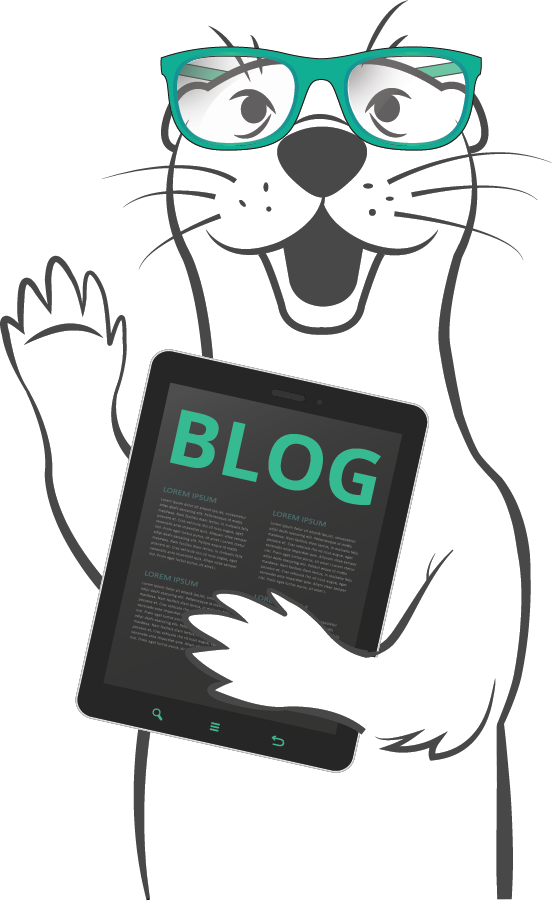Home > Blog > Event-Driven Integration
Subscribe to Our Blog
Get the latest trends, solutions, and insights into the event-driven future every week.
Thanks for subscribing.
At EDA Summit, Yalkin Yanik, Principal Solution Architect at Genentech, shared how his team tackled legacy complexity and built a modern, scalable integration architecture to power real-time healthcare workflows. The result? A future-ready platform enabling Genentech to serve patients, healthcare providers, and partners faster and more effectively than ever before.
This post summarizes a talk delivered by Yalkin Yanik of Genentech at EDA Summit 2024.
Here’s a 1-minute summary, and you can watch the full presentation either below or at EDASummit.com.

Why EDA Matters
Genentech, a pioneer in the biotech industry, has a 45-year legacy of innovation in areas like oncology and neurology. Now a wholly owned member of the Roche Group, Genentech operates as Roche’s U.S. pharmaceutical headquarters — and it’s leading the way in transforming how healthcare organizations use data to support patients.
Like many enterprises with deep roots, Genentech’s IT landscape was burdened with outdated, tightly coupled systems that couldn’t meet the needs of a fast-changing digital world.
- The challenge: Delivering real-time, responsive services across a fragmented application ecosystem — with many apps on-prem, batch-based integrations, and no consistent way to orchestrate business events.
- The opportunity: Use event-driven architecture (EDA) to break down silos, capture business-critical events, and propagate them instantly across the enterprise.
We inherited a very old legacy application ecosystem… a highly complex spaghetti of integrations. IT transformed itself from being a support organization into an innovation center, enabling real-time workflows and more automations.”
How Genentech Implemented EDA
To transform customer experience (with “customer” meaning patients, caregivers, and healthcare partners), Genentech stood up a modern architecture built on four core pillars:
- Voice of the customer: Listening to patients and healthcare providers to redesign digital touchpoints around their needs
- Event-driven data sharing: Powering real-time updates across platforms using a publish/subscribe model
- Cloud-first transformation: Migrating legacy apps to SaaS and cloud-native platforms
- Composable integration: Treating APIs and events as reusable products across teams
At the heart of it all: a hybrid architecture combining Solace for event brokering and MuleSoft for mediation and API-led integration.
We built these events and APIs as a product from the very beginning… defining the schemas, the ownership, the roadmap… and published them in our internal integration marketplace.”
Real-World Impact: The HCP Affiliation Update
One powerful use case is managing up-to-date healthcare provider (HCP) data. In the past, when an HCP changed affiliations, it could take days for that information to update across various systems. This lag often led to mismatched or outdated records, causing frustration for patients applying for programs who were relying on accurate data.
With a modern approach powered by Solace and MuleSoft, these updates now happen in real time. As soon as an HCP’s status changes, the event is captured by Solace, processed through MuleSoft, and made instantly available to all downstream systems. This ensures timely, accurate information across the board — streamlining onboarding, ensuring compliance, and significantly improving the patient experience.
As soon as an HCP’s status changes, the event is captured by Solace, processed through MuleSoft, and made instantly available to all downstream systems.”
Architectural Highlights
At the heart of Genentech’s real-time integration strategy are four key business events that drive meaningful action across the enterprise. These include critical updates such as healthcare provider (HCP) affiliation changes, payer information updates, and data governance actions. Each of these events plays a vital role in maintaining data accuracy and consistency across systems, enabling timely responses that directly affect patient onboarding and support program eligibility.
To handle these events effectively, Genentech implemented an event mediation layer using MuleSoft. This layer serves as a bridge between legacy systems and cloud-native applications that can’t natively subscribe to Solace events. It ensures that even older or more constrained applications can participate in the event-driven ecosystem without requiring deep architectural changes. This mediation approach not only supports broader system interoperability, but also enables a clean separation of concerns — making the architecture more scalable, resilient, and secure.
On the consumption side, Genentech introduced what they call “subscriber channel adapters” — design patterns that ensure secure and scalable delivery of events to downstream systems. These adapters are especially important for applications that lack robust retry or compensation logic, or that have strict security constraints preventing them from subscribing directly to Solace.
A key enabler of this architecture is the native Solace-MuleSoft connector, which was co-developed in close collaboration with Solace. Genentech’s input during its development ensured the connector met their enterprise-grade requirements. The result is a seamless bridge that allows MuleSoft to publish and subscribe to Solace events natively, unlocking real-time integration across a diverse application landscape. This tight integration between Solace and MuleSoft forms the foundation for a composable, reusable architecture that scales with Genentech’s global initiatives.
Final Thoughts
Genentech’s transformation didn’t just modernize one department or use case — it laid the foundation for an enterprise-wide shift. By replacing point-to-point integrations with a layered architecture built on events and APIs, Genentech created a system that is responsive, scalable, and future-proof. The partnership between Solace and MuleSoft played a critical role, with each platform complementing the other: Solace delivered reliable event brokering, while MuleSoft provided the flexibility to onboard systems that couldn’t natively consume events.
Importantly, this work is now serving as the pilot program for a global enterprise standard at Roche, shaping how other business units will adopt event-driven and API-led architectures. With hundreds of thousands of events already flowing daily and adoption expanding globally, Genentech’s journey is a powerful example of how EDA helps organizations move from legacy constraints to real-time innovation — and how that shift can directly impact patient care.
Explore other posts from category: Event-Driven Integration

Greg has been marketing middleware for most of his career, across a long tenure with Solace and TIBCO before that. He enjoys helping people understand the importance and impact of "event-driven" by crafting clear copy and compelling visuals that tell the tale.


Subscribe to Our Blog
Get the latest trends, solutions, and insights into the event-driven future every week.
Thanks for subscribing.

